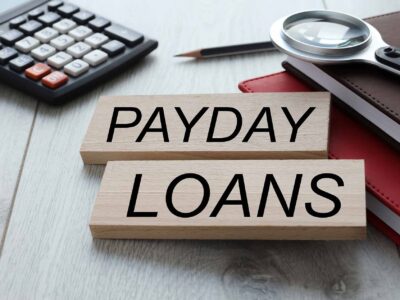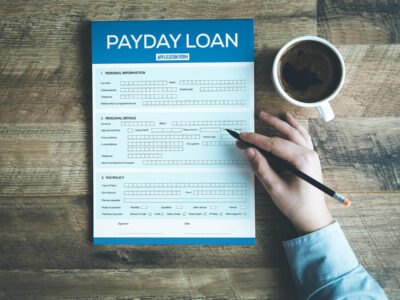Renovation loans are a great way to finance your home improvement projects. There are two main types of renovation loans: the FHA 203(k) loan and the HomeStyle renovation loan. Both loans offer attractive terms and can be used for a wide variety of renovation projects, but there are some key differences to be aware of.
The FHA 203(k) loan is a government-backed loan that allows borrowers to finance both the purchase price and the renovation costs of a property. This can be a great option for buyers who are looking at fixer-uppers, as it allows them to roll the cost of repairs into their mortgage. The downside of this loan is that it requires a higher down payment than a conventional mortgage, and it also comes with stricter credit requirements.
The HomeStyle renovation loan is a private sector loan that can be used for both purchase and refinance transactions. One advantage of this loan is that it allows borrowers to finance up to 50% of the property’s value, which can be helpful for more extensive renovation projects. The other key benefit is that there is no limit on the amount that can be spent on repairs, unlike the FHA 203(k) loan. However, the HomeStyle renovation loan does require borrowers to have good credit and equity in their homes.
If you’re considering taking out a renovation loan to finance your home improvement project, make sure to compare the different options available to you to find the best fit for your needs.
The benefits of taking out a renovation loan
Home renovation loans can come with a number of benefits, including the ability to finance expensive repairs or upgrades, flexibility in how you use the funds, and potential tax savings. Renovation loans can also help you improve your home’s resale value, which can be especially helpful if you’re planning to sell in the near future. If you’re considering taking out a renovation loan, be sure to compare offers from multiple lenders to find the best rate and terms for your needs.
How to qualify for a renovation loan
Are you thinking about renovating your home but don’t have the cash on hand to pay for it? A renovation loan could be a good option for you. Renovation loans are designed to help homeowners finance the cost of home improvements, and they can be used for a variety of projects, including everything from minor renovations like painting or flooring to more major projects like adding an addition or gutting a home.
In order to qualify for a renovation loan, you’ll need to have equity in your home and meet certain credit and income requirements. You’ll also need to have a detailed renovation plan that outlines the scope of work and estimated costs. Once you’ve been approved for the loan, the funds will be disbursed in installments as the work is completed.
If you’re thinking about renovating your home, a renovation loan could provide the financial assistance you need. Talk to a lender today to see if you qualify.
How to get the most out of your renovation loan
Renovation loans can provide the funds you need to make your vision a reality. But how do you get the most out of your renovation loan?
First, it’s important to understand the different types of renovation loans available. There are two main types of renovation loans: home equity loans and personal loans. Home equity loans are secured by your home’s value, while personal loans are unsecured. Home equity loans typically have lower interest rates than personal loans, but they also require that you have equity in your home.
Once you know which type of loan is right for you, it’s time to start shopping around. Compare interest rates, repayment terms, and fees from multiple lenders. Be sure to read the fine print carefully so that you understand all of the costs associated with your loan.
Once you’ve found the right loan, it’s time to start planning your renovation. Work with a qualified contractor to develop a detailed budget and timeline for your project. Be realistic about what you can achieve within your budget and timeline. Once your renovation is complete, be sure to make all of your payments on time to avoid damaging your credit score.













Comments